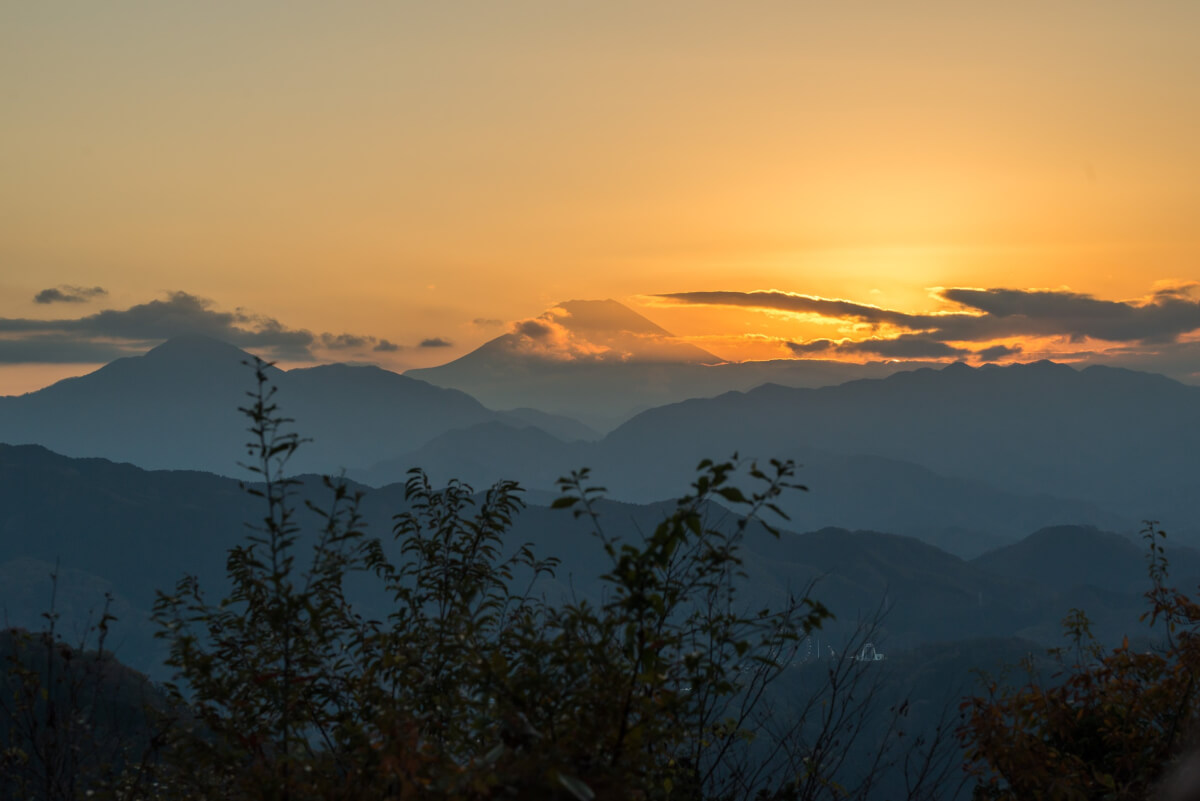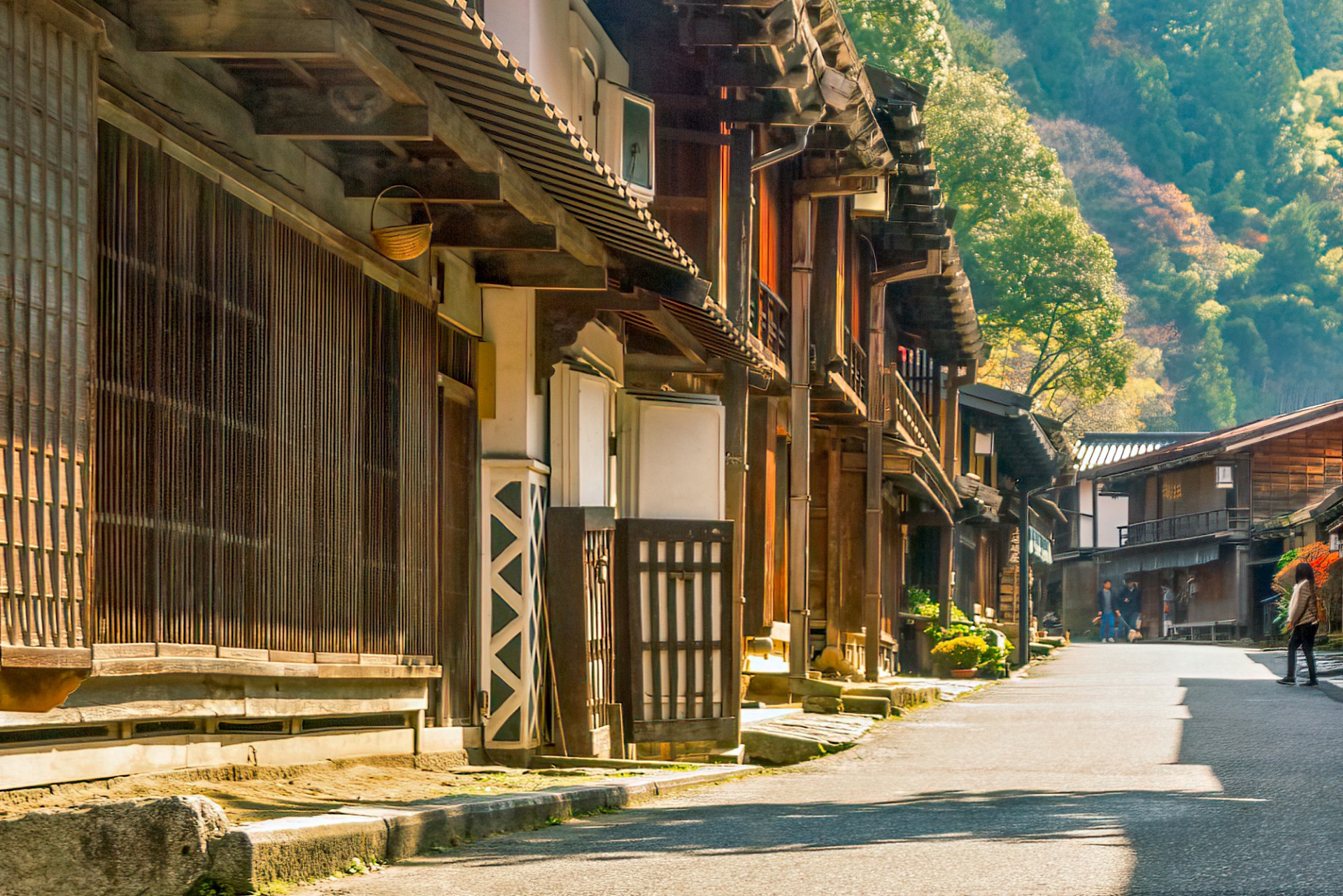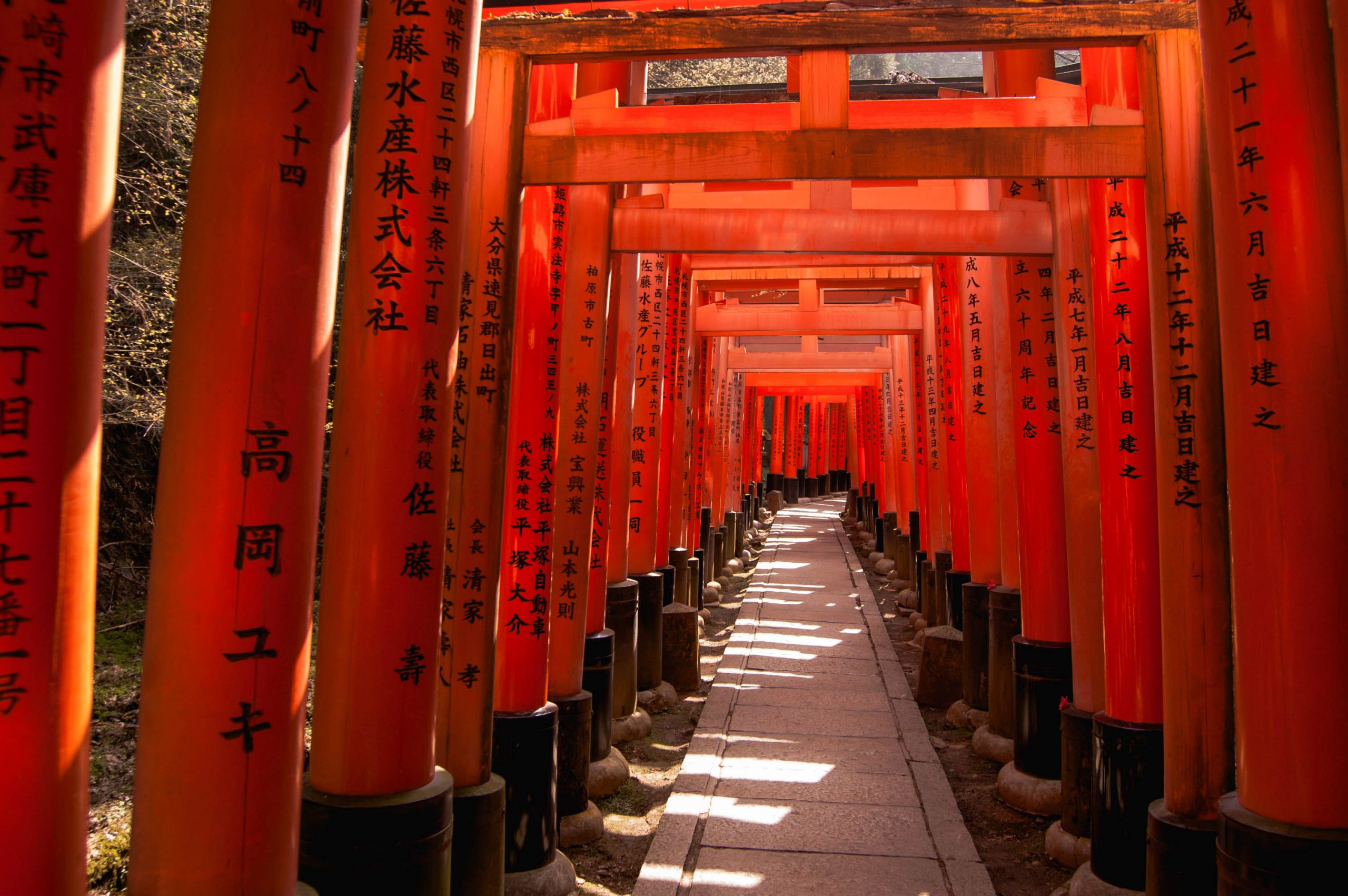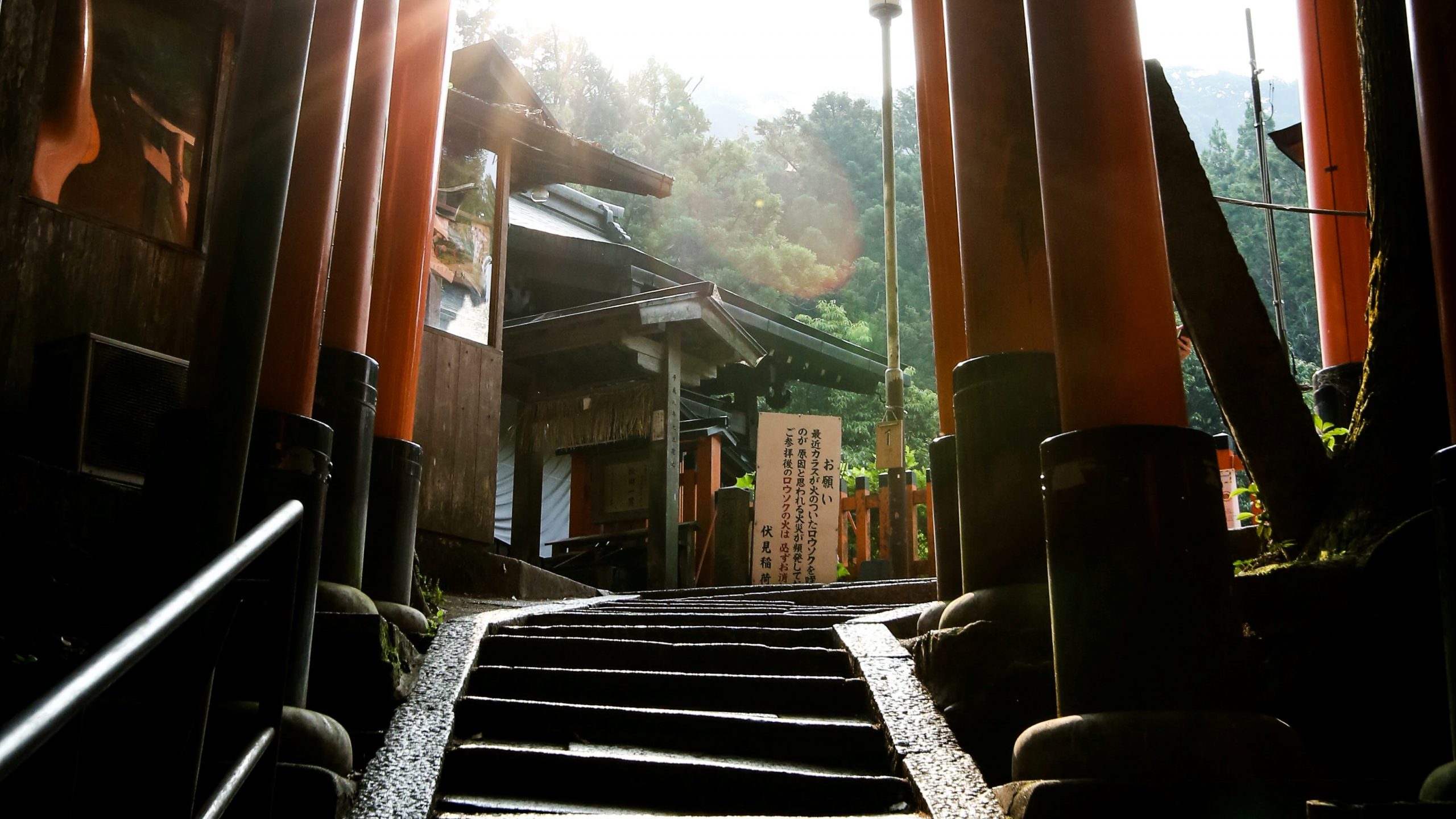During the Edo Period, people traveled between Edo (current Tokyo) and Kyoto through the Nakasendo trail. Today you can hike some parts of the trail, visit pretty old towns along the way, and enjoy rural scenery. In this article, we introduce how to enjoy the Nakasendo trail.
What is Nakasendo trail?
The Nakasendo trail is the old mountain route that connects Tokyo and Kyoto during the Edo Period (1603-1867). Travelers moving between Tokyo and Kyoto took several days to travel the Nakasendo which stretches about 526 kilometers. Because of the restrictions by the shogunate, travelers had to make their trips on foot. As a results, “post towns” or “juku” developed every few kilometers to provide travelers with places to rest, eat, and accommodate during their journey. Today you can walk sections of the original route that offers Japan’s rural scenery and visit well-preserved old post towns which make for a nice trip from Nagoya or Tokyo.
The most popular section of the route is approximately 8 kilometer route that connects two of the best preserved post towns, Magome and Tsumago. There are a gentle elevation changes on the route and you can enjoy a leisurely 3 to 4 hours hiking. No special footwear or equipment is necessary, but it’s better to wear some comfortable flat shoes. You can hike from either Magome or Tsumago, but the route is easier if you start from Magome because of the elevation of the route.
There are several local companies that offer a hand luggage forwarding service between Magome and Tsumago. You can drop your luggage off the information center in the morning (8.30am -10.45am) and your luggage will be delivered to pick up in the afternoon on the other side (1pm-5pm). You can also leave your luggage at the information center and pick up at the same place later of the day (8.30am – 4.30pm).
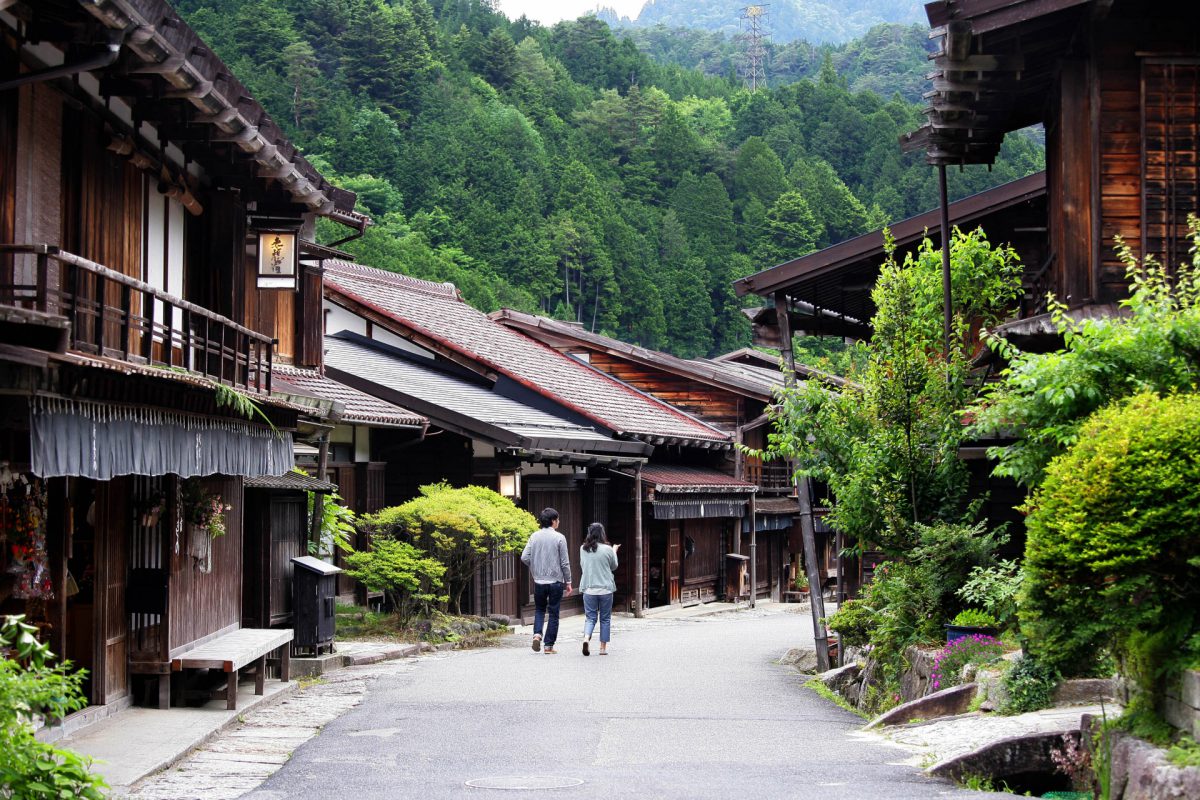
Magome
Magome is the 43rd of 69 old post towns in the city of Nakatsugawa. It is a well-preserved old town situated on a hillside, along a winding cobble path which takes you up to the Nakasendo Trail to Tsumago-juku. The trail is very attractive above Magome, as it winds through small farms and rural houses.
You will find delightful little eateries, snacks and souvenir shops, and traditional inns along the trail in Magome. One of the highlights is the restored houses which stretch along the sloped main street of the town. Being the birthplace of Japanese famous author Shimazaki Toson, the town owns a memorial museum to his life. Toson wrote about many aspects of life in this area, including in his most famous novel “Before the Dawn”.
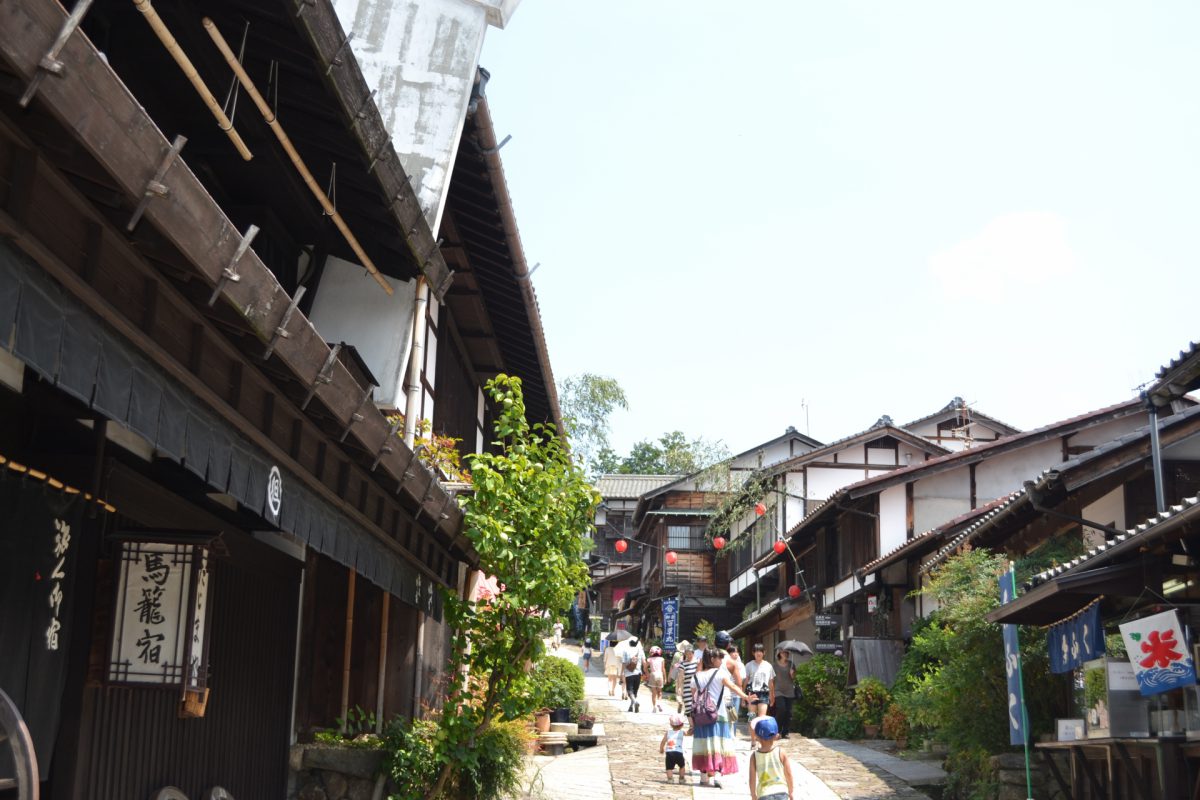
Access:
From JR Nagoya Station to Nakatsugawa Station, take a Chuo Line Local Train (about 1 hour 10 minute) or Ltd Express (about 50 minutes) bound for Matsumoto. From Nakatsugawa Station, take a bus from the platform 3 bound for Magome bus stop (about 30 minutes).
Tsumago
As you follow the Nakasendo from Magome, you will reach Tsumago, which is as charming as Magome with traditional Japanese wooden houses, shops and inns. Tsumago is the 42nd of 69 old post towns in the city of Nakatsugawa.
The highlights of Tsumago include the Nagiso Museum of History, which displays the restoration of the town, the ruins of the Tsumago Castle, and the unusual Rurisan Kotoku-ji Temple which was founded in 1500. Tsumago also has a row of restored homes along the main road which is similar with Magome.
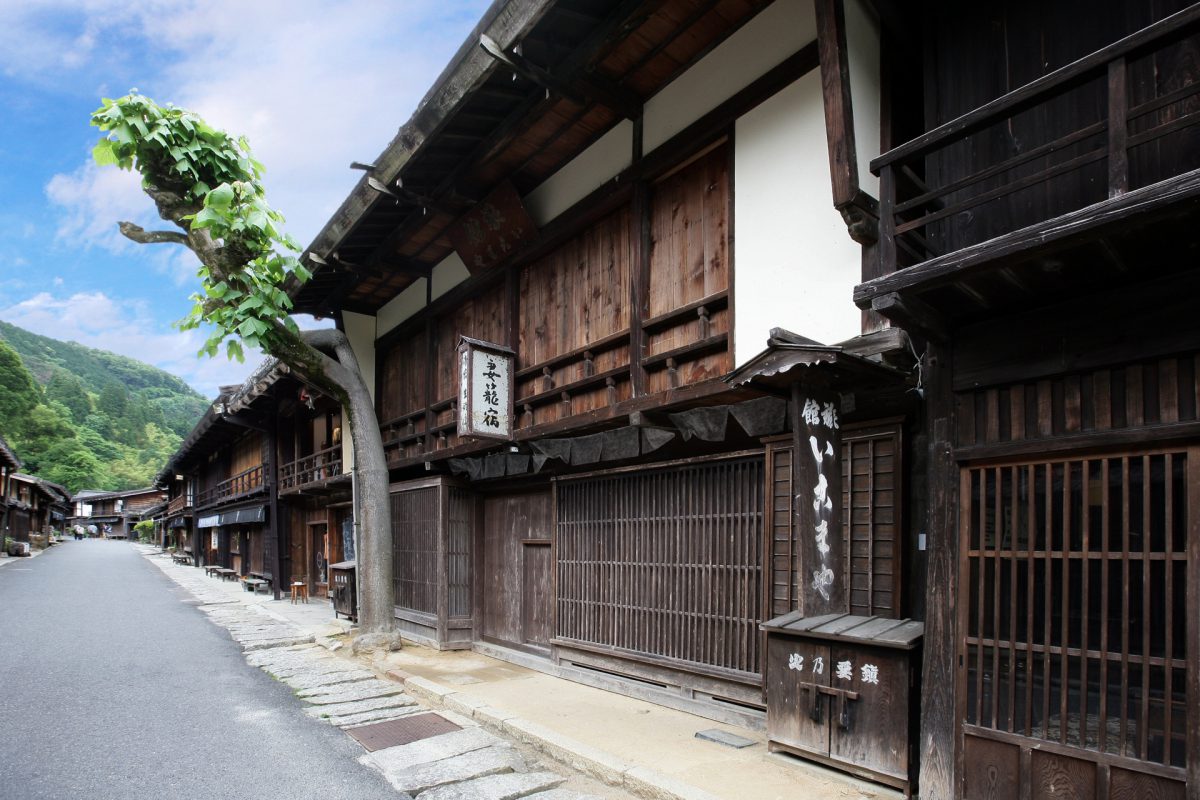
Access:
From Nagoya Station, take the JR Chuo Main Line Wide View Shinano bound for Nagano, get off at Minami-Kiso (about 1hour). From Minami-Kiso, take a local bus to Tsumago bus stop (about 10 minutes).
Narai
Narai-juku is located halfway between Kyoto and Tokyo on the Nakasendo, just north to Torii-toge Pass which used to be one of the most challenging part of Nakasendo for travelers. Narai was the wealthiest post town whose main street stretches over a kilometer north-south. Still today, the preserved houses stretch on much longer in Narai than any other post towns.
Along the main street, among restaurants, souvenir shops and inns, you will find Nakamura Residence which is a well-preserved typical residence in Narai, and Kamidon-ya Shiryokan which is a spacious former residence of a local wholesaler. Both residences own elegant gardens and you can see how people in Narai used to live. There are also historic temples and atmospheric shrines just off the main street.
If you continue to past the Shizume Shrine situated at the southern end of town, you will enter a stretch of the Nakasendo Trail which crosses the Torii-Toge Pass before descending to the neighboring post town of Yabuhara.
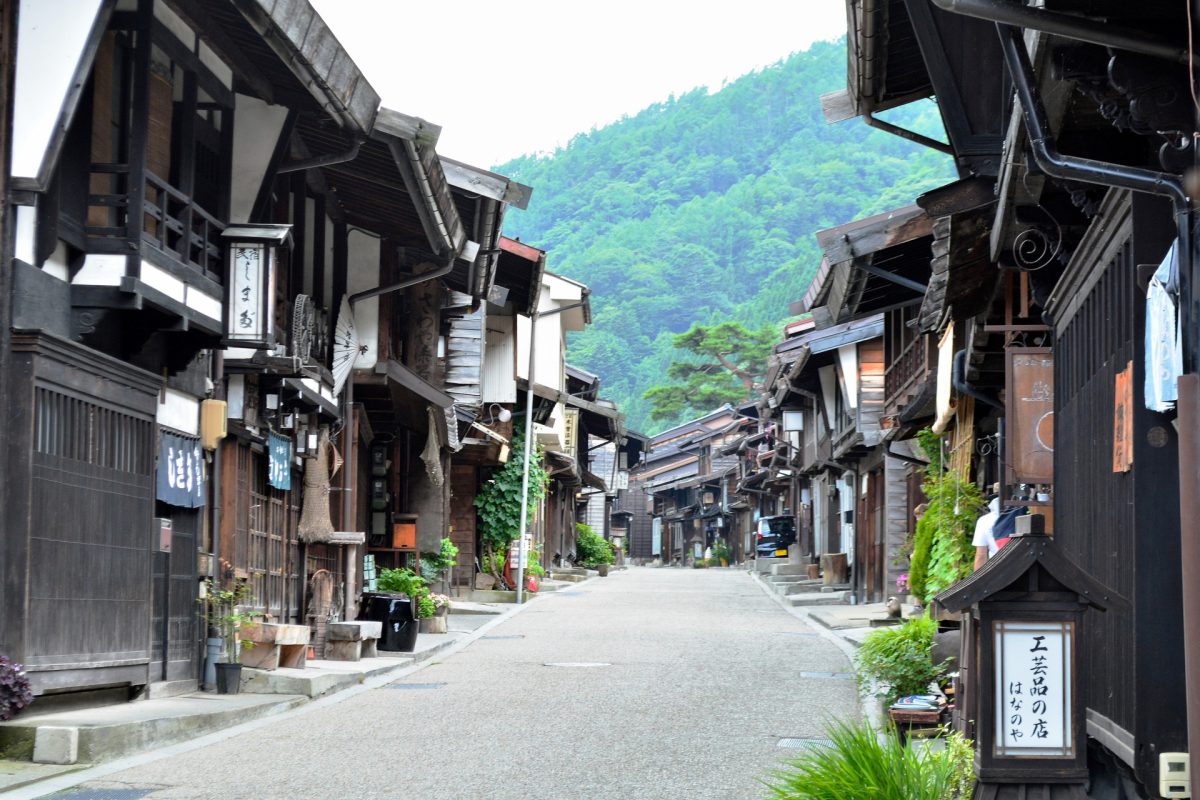
Access:
From Nagoya Station, take JR Chuo Main Line Express and get off at Kiso-Fukushima Station (about 1.5 hours). Then take JR Chuo Main and get off at Narai Station (about 20 minutes). 3 minute walk to Narai-juku.
Kiso Valley
Kiso Valley, or Kisoji, is home to best preserved section of the Nakasendo Trail. Bordered by the Central Alps to the east and Mount Ontake to the west, Kiso Valley stretches about 70 kilometers and has 11 post towns including Magome, Tsumago, and Nakai.
The wooden products you find for sale around Kiso Valley are made from top quality Japanese cypress which is said to last for centuries. At the souvenir shops in Magome, Tsumago and Nakai, you will find many wooden products, and especially wooden combs have been popular souvenir since the Edo Period.
In addition to visiting historical towns in the Kiso Valley, you can also enjoy water-based activities in this area. There are lakes and rivers with crystal clear water in the Kiso Valley where you can enjoy fishing Japanese trout known as Iwana, kayaking and rafting on the Lake Ontake and the Kiso River.
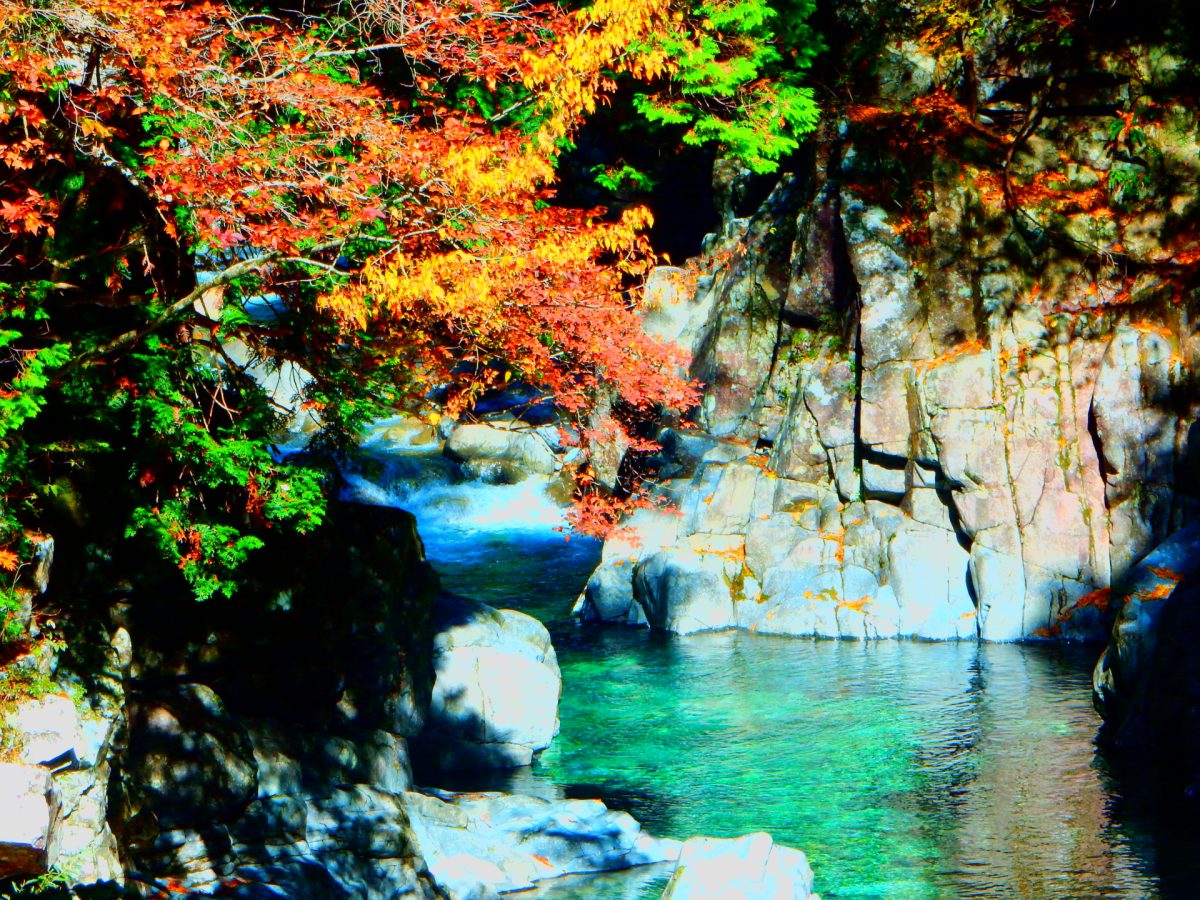
Karuizawa
Karuizawa, located in the south-eastern of Nagano Prefecture at the foot of the active volcano Mount Asama, was the 18th of 69 old post towns situated in the Nagano Prefecture. Today, Karuizawa is a popular summer retreat with beautiful nature, inspiring art galleries, and comfortable climate.
Karuizawa became famous as a villa area when a missionary named Alexander Croft Shaw introduced the town in the late 1800s to the world for its beautiful nature and nice weather in summer. Since then, many missionaries and their families began to live in Karuizawa and many churches and western style buildings were built.
Due to the influence of many famous authors and artists who visited and stayed in Karuizawa, the town has now developed into a place of great art and culture. You can find several art galleries and museums. Various outdoor activities such as tennis, hiking, cycling, golfing in summer and skiing and ice skating in winter can also be enjoyed in the area. In addition, there are plenty of shopping opportunities.
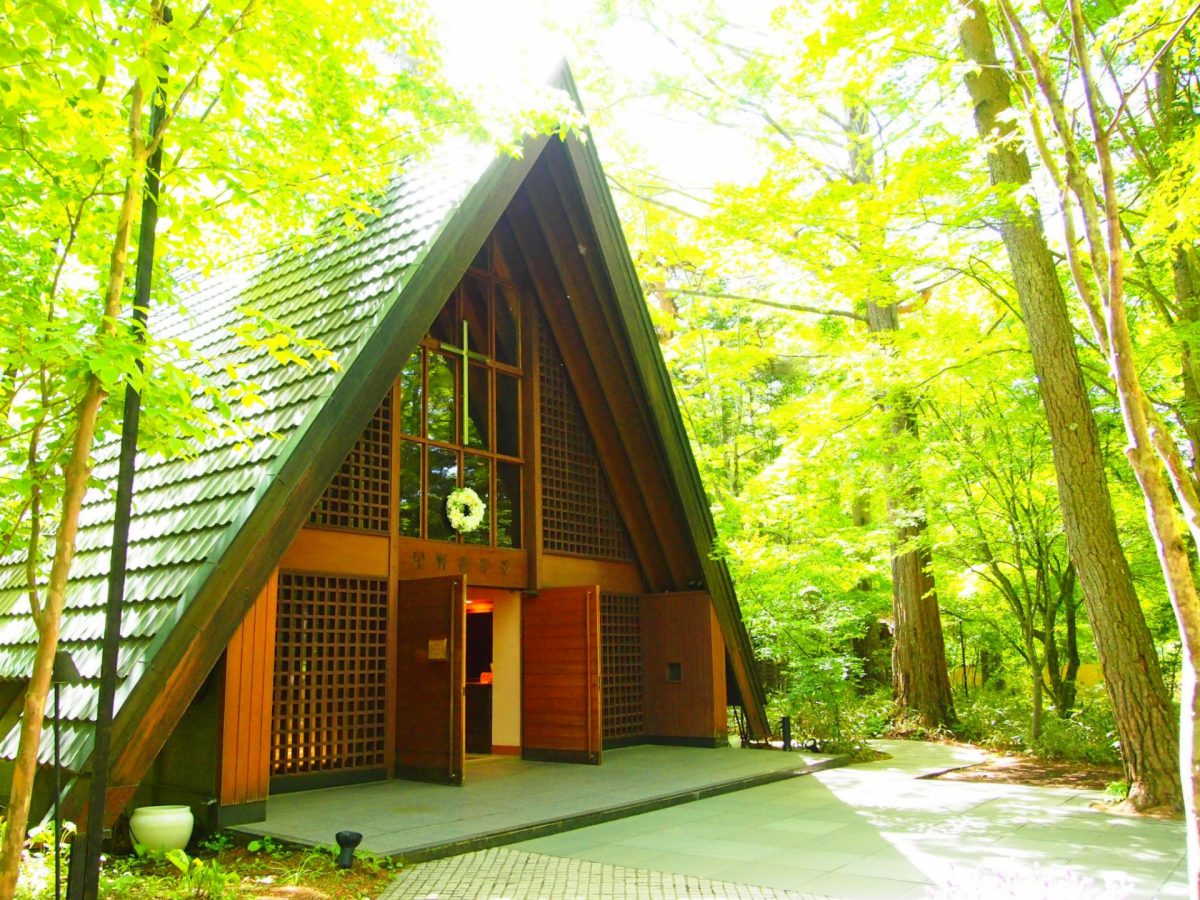
Access:
From Tokyo Station, take JR Hokuriku Shinkansen (about 65-80 minutes).
From Ikebukuro Station, take highway buses which go directly to Karuizawa (about 3 hours).
Japan Wonder Travel Tours
Tokyo 1–Day Highlights Private Walking Tour (8 Hours)
We can arrange your tour upon your request, walking around Tokyo with English speaking guide will help you get a deeper understanding of Tokyo!
Kyoto Private Full Day Walking Tour [Customizable]
Explore the sacred shrines and temples in the beautiful city full of historic spots with a knowledgeable English speaking guide.
How did you think about Nakasendo? The historic towns along the Nakasendo make for a nice day trip on the weekend, or as a part of your rustic retreat for a few days. We hope you enjoy!
Follow us on Instagram or Facebook for more travel inspiration. Or tag us to get featured!
Happy travelling!
Stay informed of the best travel tips to Japan, the most exciting things to do and see, and the top experiences to have with the Japan Wonder Travel Newsletter. Every week we will introduce you to our latest content.
You can also visit

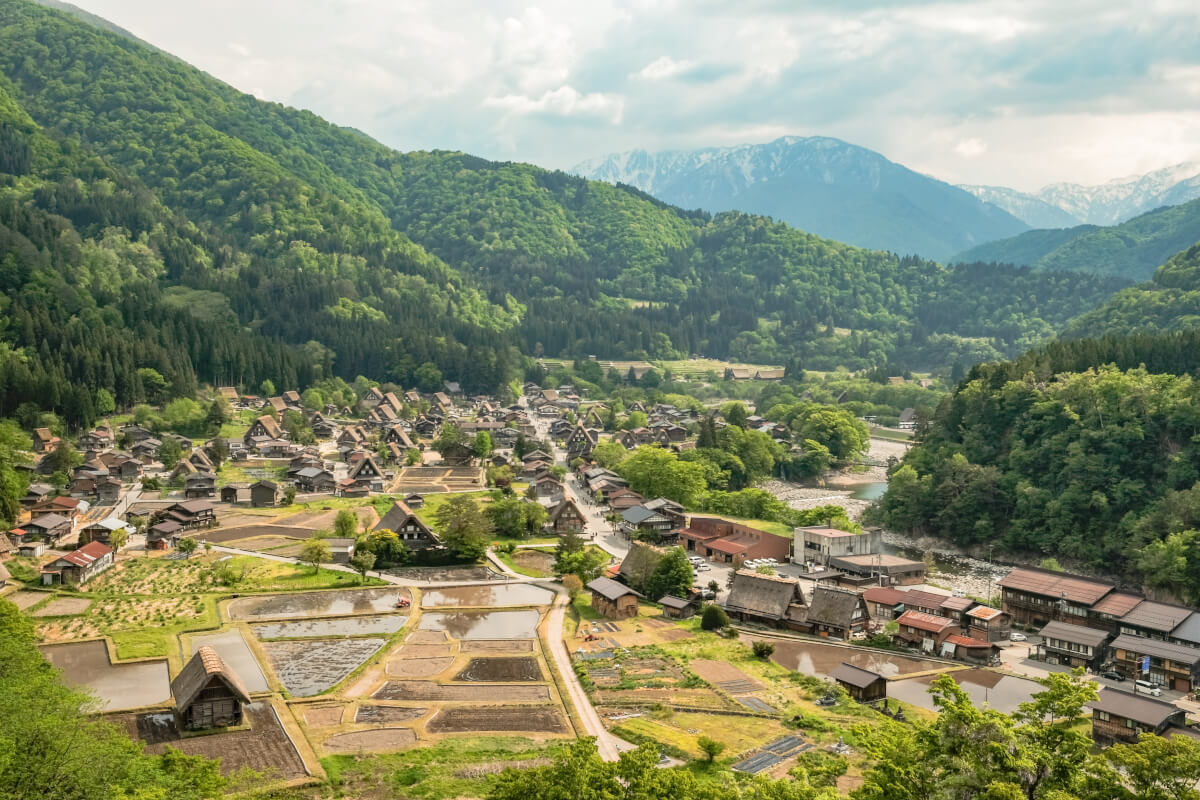

Other hiking destinations



